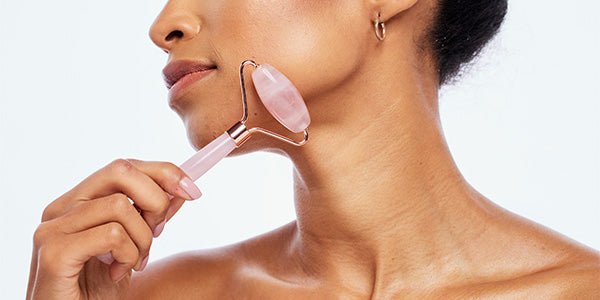
Consumer Trials
When a product claims to have been tested in ‘clinical trials’ this means it has undergone testing by the general public. You will often read statements such as ‘80% of women agree that they skin felt more hydrated’. However, the issue is that firstly, you don’t know how many people participated in the trial; for example 80% of 20 is very different to 80% of 100.
Consumer trials offer little, or no information, on the participants.
There is no information about the individuals skin type, age, demographic, or whether they’ve been using other products before or during the trial.
So, if a person is in their 30s with hardly any wrinkles, then a product has a much easier job of improving the skin, versus someone over the age of 60 with heavily lined, sun damaged skin. Consumer trials are usually carried out remotely, so people can try the product over a period of time. Products are sent through the post with a questionnaire to complete, not via a clinic or under any specific conditions. The results of these trials are ‘opinion’ opposed to scientific in its results. It is also fair to assume, that these trialists are already customers of the brand and therefore you could argue this makes the results less reliable.

Dermatologically Tested
When a product has been dermatologically tested, this means the ingredients have been looked at by dermatologists to determine them safe for use on skin. Dermatologists will decided whether the formula is likely to cause irritation or cause an allergic reaction.
Once the formula is deemed safe, the products will be tried out on participants, how many is not specified. Neither are there any specifics about the conditions on which the trial is carried out, the types of participants, such as age, gender, ethnicity or even where on the body the product was tested. Dermatological tests are carried out periodically, with rest periods between each test.

Clinical Trials
Clinical trials are carried out in a clinical environment and can be either in vivo or vitro.
Vivo means tested on humans, vitro means tested in a petri dish.
In vivo clinical trials are carried out on participants selected by the clinical research company, chosen to meet specific criteria, however these people are not known to the brand. A clinical trial monitors participants before, during and after the trial, testing and measuring the skin using scientific equipment that measures skin concerns such as hydration, wrinkle depth, elasticity etc. These test points are measured throughout the process, allowing the setting to test the depth of a wrinkle before the use of a product, during and after; to see if it actually made a difference. Therefore, the results are not just an opinion of whether someone’s skin feels more hydrated (for example) but the measurement of hydration has been taken between an hour of application, to 24 hours, to weeks and months. These types of trials are usually between 4 – 12 weeks long.
Clinical trials are usually blind, which means the product is given in a plain jar, so neither the setting, nor the individual knows the brand. Trials can also be double blind, which means half the participants selected are given a placebo, meaning neither them, nor the setting know which have been given the real product and which have been given the ‘fake version’.
This is the gold standard type of clinical trial, or any consumer trial as these results are the most accurate and reliable. However, double blind clinicals are incredibly expensive, so not many brands go down this route, unless they know beyond doubt that their products live up to the hype.
*In Vivo means tested on human skin.
**In vitro means in glass, which means tested in lab conditions but within a petri dish.



